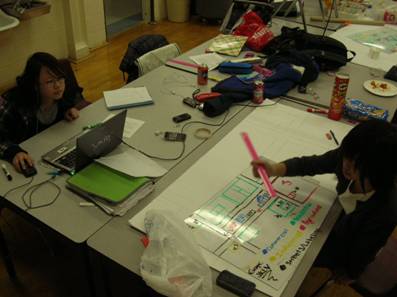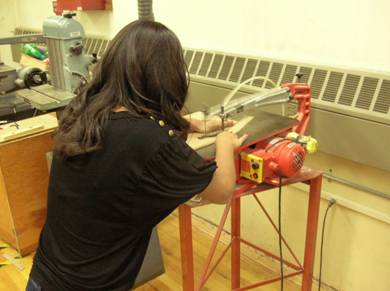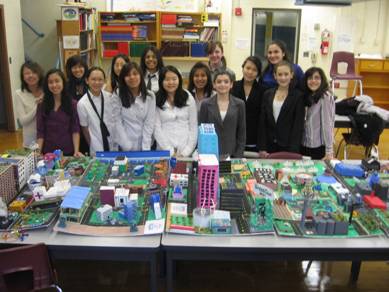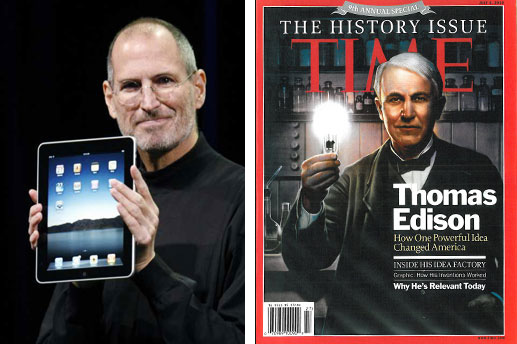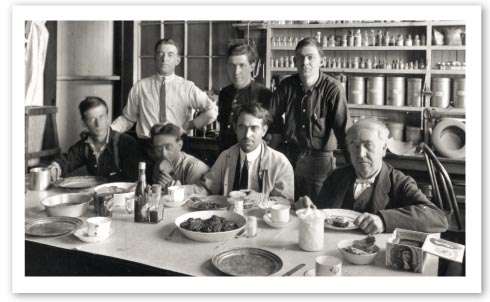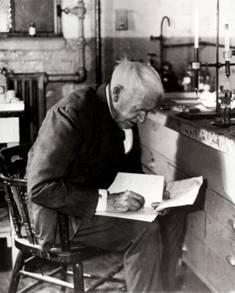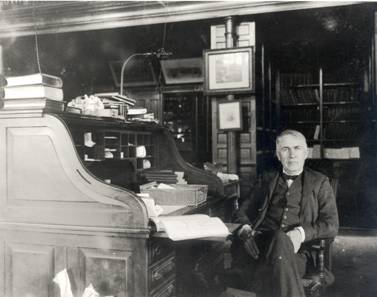As middle and high schools implement the integrated subject teaching paradigm known as STEM [Science, Technology, Engineering and Math], it is natural that increasing amounts of female students would become more interested in what engineers do, and how they solve problems. This head and hands approach to solving problem has shown young women to be quite adept at designing and building activities. Young ladies with a keen interest in taking these courses in school and also participating in after-school classes and design competitions are informally known as “FemGineers”. Here is a New Jersey story about these amazing young ladies.
The first educational program in the nation to offer a formal woman’s oriented engineering and design curriculum was launched 10 years ago at High Point Regional High School in Sussex, NJ. As part of their technology education program, this activity remains vibrant, with many of its former students continuing their technical studies in college and/or having found employment in science and technology related careers.
In 2008, the Heritage Middle School in Livingston, NJ also started a FemGineers program. Starting with just 10 students, this effort has grown to 35 students this year. The original students have now gone on to Livingston High School and established another FemGineers program at that school, with some of the students even coming back to mentor the middle school students! The plan is to grow the Livingston School District FemGineers program to 100 students by 2014. You can see the FemGineers in action below as they participated in a statewide competition to design new cities. Later, the young ladies also competed in the Edison Innovation Foundation’s Thomas Edison Invention Challenge for unique applications for alternate energy. They won awards in both competitions.
The main goal of the program is to empower young women to pursue interests in fields that are traditionally dominated by men. The FemGineer concept, when introduced at the middle school level, provides the young ladies with a “social fit.” They are accepted by their peers in the group and are not afraid of being judged. This transfers to the high school as these girls enroll in courses that have been traditionally dominated by their male peers. The program provides structure and the confidence needed for young women to eventually pursue careers in STEM related fields.
All this is music to the ears of engineering colleges, who for years have been trying to interest young women in becoming full- fledged engineers. Women have already made some significant inroads into engineering, but the profession can use many more; and introductory engineering programs in the middle and high schools can be a terrific way to spread the interest and fun of engineering.
By the way, tiny New Jersey was one of the first states to adopt a technology education curriculum back in 1986, leading to an international revolution in teaching students about the engineered world. This little state is ranked 4th among all states in the total number of inventions awarded to its many scientists, engineers, technologists, and inventors. And of course it is home to the greatest inventor in the world, Thomas Edison. Were he here today, no doubt he would be a supporter of this kind of head and hands, practical method of education. In his time, he made many comments about the state of education and the need for more focused methods of showing how school relates to work. How pleased he would be to see the FemGineers in action!
Editor’s Deep Dive
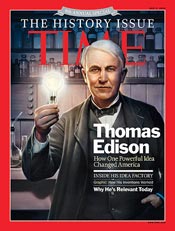
- http://thealternativepress.
com/articles/heritage-middle- schools-femgineers-compete-in- fu - http://www.teachertube.com/
viewVideo.php?video_id=216497 [middle school girls designing and building models for the cities of the future!] - http://livingston.patch.com/
articles/we-built-this-city
“To have a great idea, have a lot of them.”
Time ® is a registered trademark of Time Inc.

